Testing the HD Pentax-DA 1.4x Teleconverter with the D FA 150-450mm on Full Frame
Sharpness
Sharpness, or the ability to resolve small details, is an important measure of the performance of a lens. Sharp images let the viewer concentrate on the composition, color and light. On the other hand, soft images (except when looking that way on purpose) distract the viewer and decrease the perceived quality of the picture.
When we tested the 150-450mm, both on APS-C and full frame, its ability to resolve small details strongly impressed us. The current tests will determine if the combination of the DA 1.4x teleconverter and the 150-450mm (used in crop mode) can deliver images nearing that level of sharpness.
There are many ways to evaluate sharpness. Some are quantitative, such as the number of lines per millimeter that can be resolved, while others are comparative, such as using a standardized scene to pit lenses against one another. The latter is the favored method at Pentax Forums.
Test Setup, Star Chart
In order to evaluate sharpness, we photograph a standard test chart (or "star chart") that can be used to compare lenses to one another. The general rule is that the distance from the lens to the test chart must be 100 times the focal length of the lens. For our lens, this means a distance of 15 meters to 45 meters, since we used the same position both with and without the teleconverter.
The test is not designed to show how good a lens can be. Quite the contrary: it is a stress test designed to put the lens at its limits to show where it falls short. The test shows the apertures where the lens performs best, and makes it possible to compare with another lens.
Our test has the star chart put successively at the center, edge and corner of the field of view of the lens, testing all apertures each time.
Resolution is obviously dependent on the sensor used. For this test, we used Pentax's current top-of-the-line sensor found in the K-1, in crop mode.
New Pentax DSLR bodies include the ability to disable anti-aliasing, a very useful feature allowing higher resolutions to be reached. However, the nature of our sharpness test and the pattern of the test chart mean that, with anti-aliasing totally disabled, moiré is likely to appear. In order to strike the best balance between sharpness and moiré reduction, the anti-aliasing simulator of the K-1 was activated, but set at the "Low" setting (except for the tests at 630mm where the use of the electronic shutter disabled the AA filter).
Throughout this test, we will refer to the focal length delivered by the lens and teleconverter pair. For instance, to obtain 210mm the lens was set at 150mm.
Test Results at 210mm
The following images showcase the results at all apertures. Focusing was performed by using focus peaking in live view. It was corrected after each lens movement. You can click on images to see full resolution crops.
Center | Edge | Corner | |
F6.7 | 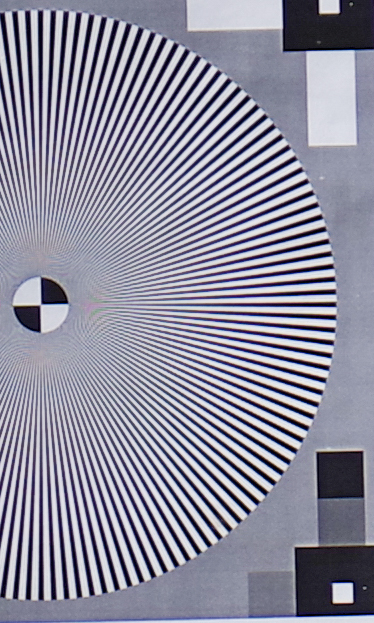 | 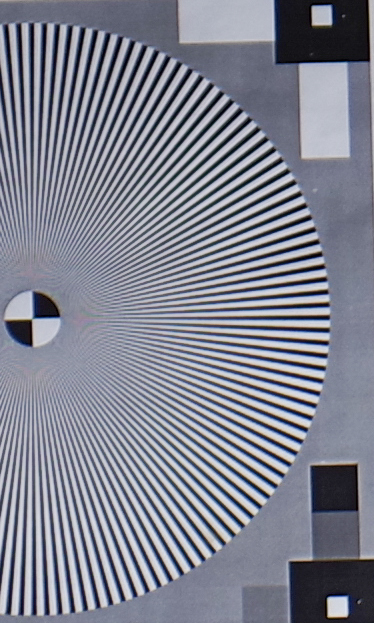 |  |
F8 |  | 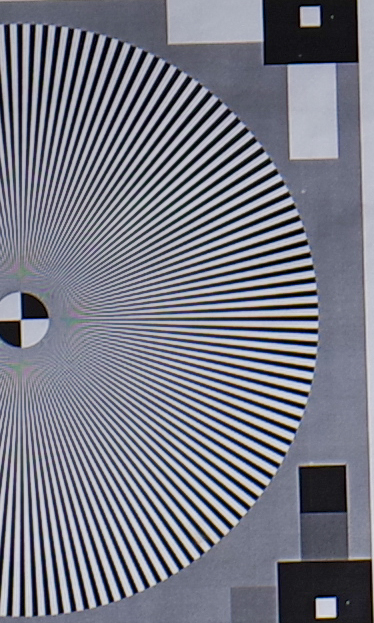 |  |
F11 | 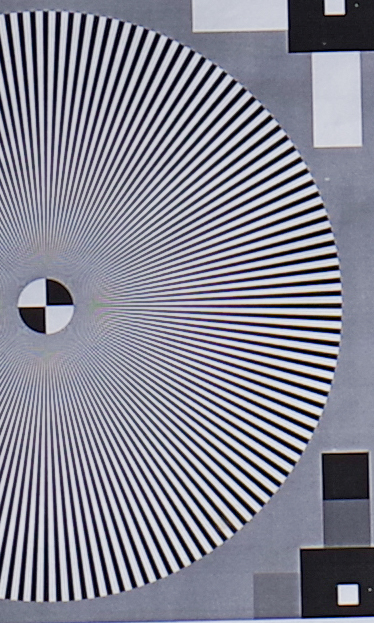 | 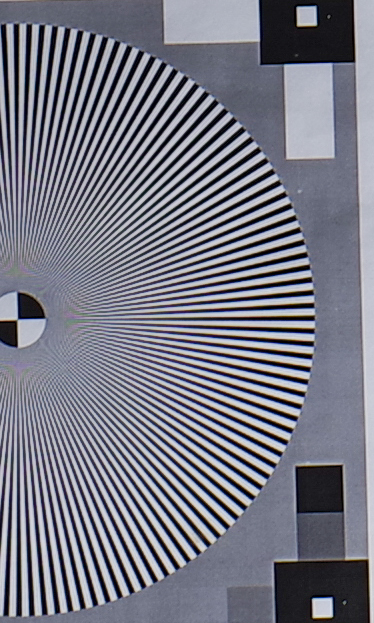 | 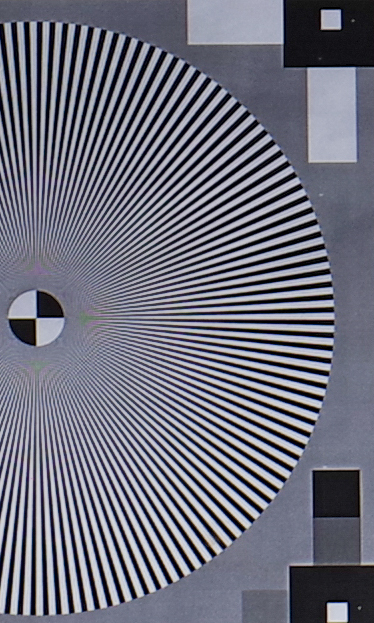 |
F16 | 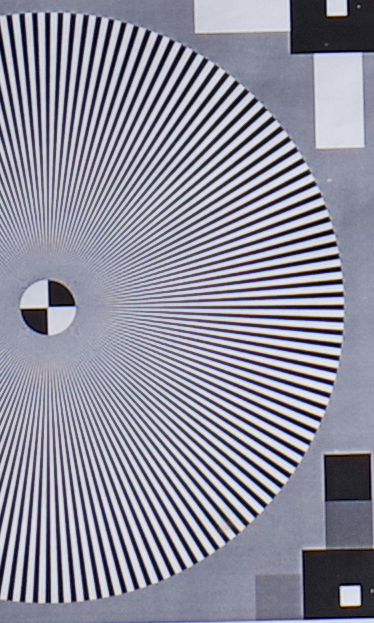 | 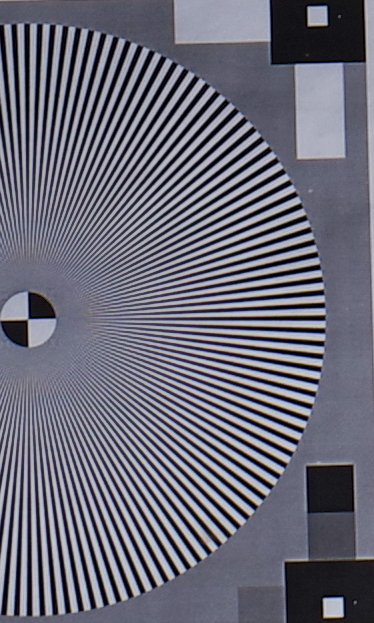 | 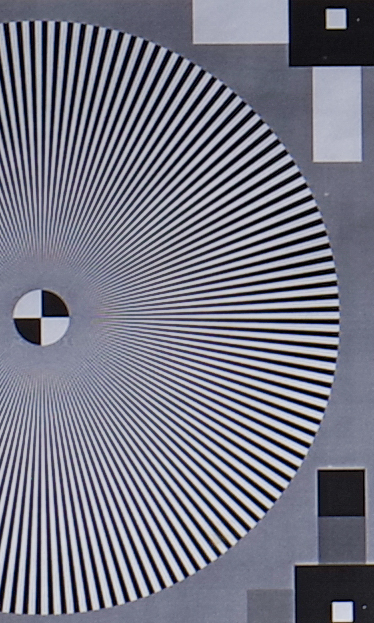 |
F22 | 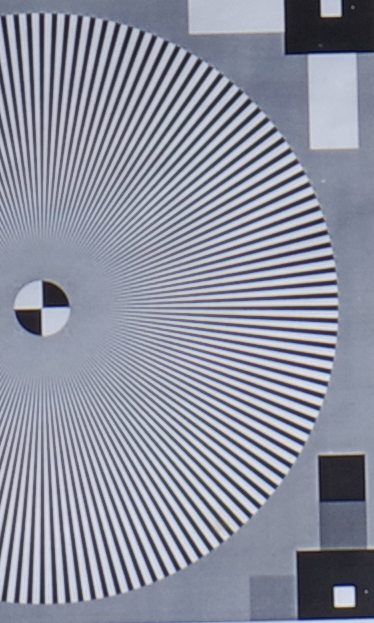 | 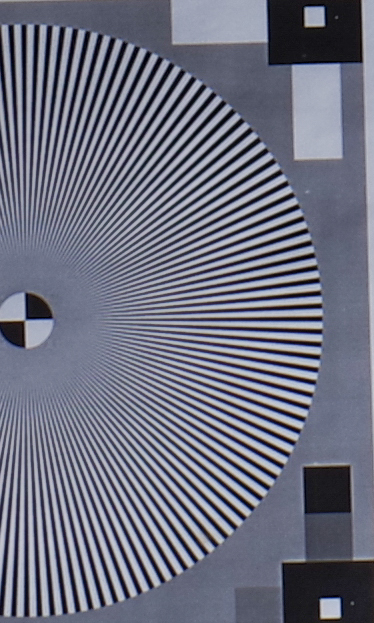 | 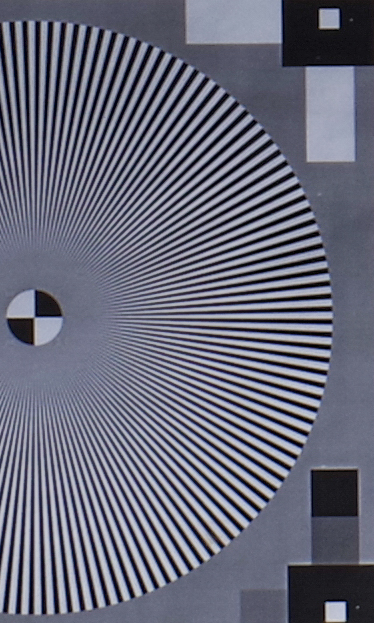 |
F32 | 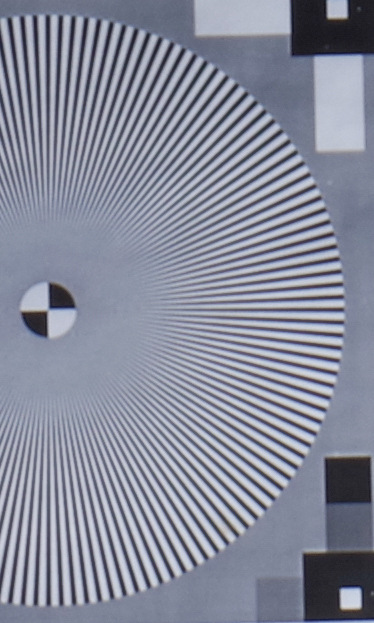 |  | 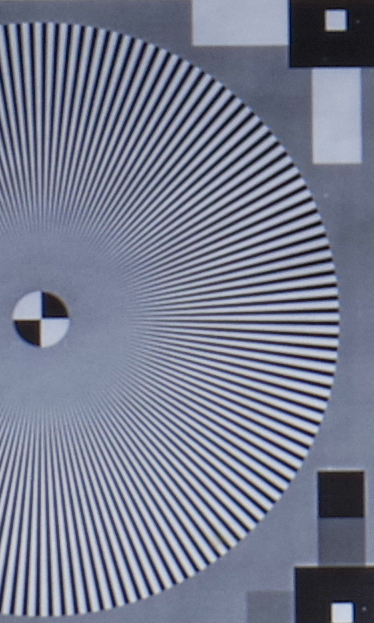 |
At 210mm, the center is very sharp even wide open. The edges reach a comparable level one stop narrower, at F8. Corners require one further stop to match edges and center. These results are impressive. Apertures wider than F16 are not as sharp, and should not be used if possible.
Test Results at 406mm
Center | Edge | Corner | |
F8 | 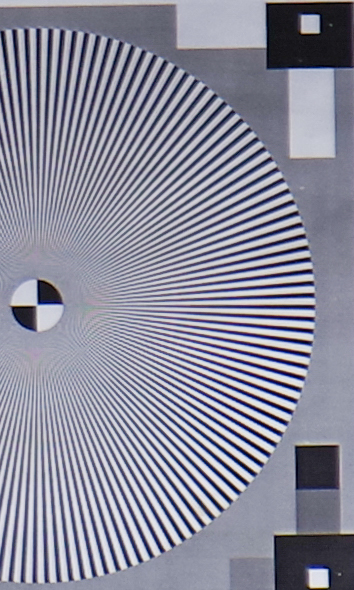 | 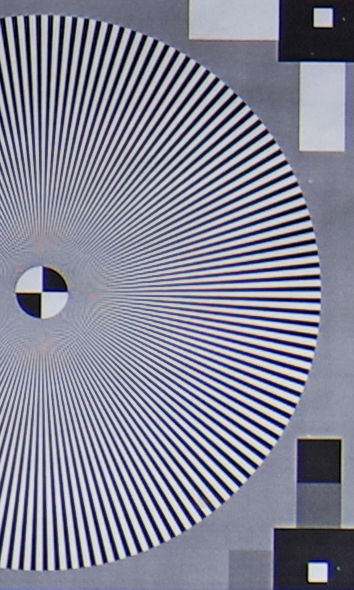 | 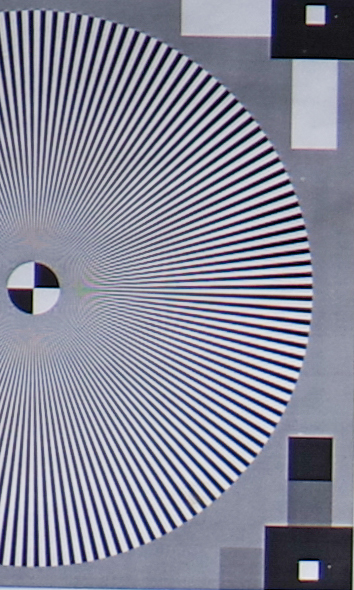 |
F11 | 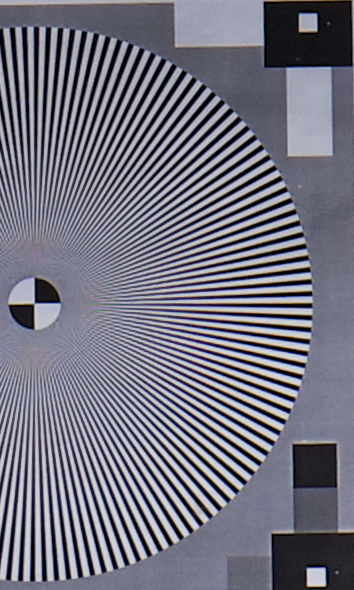 | 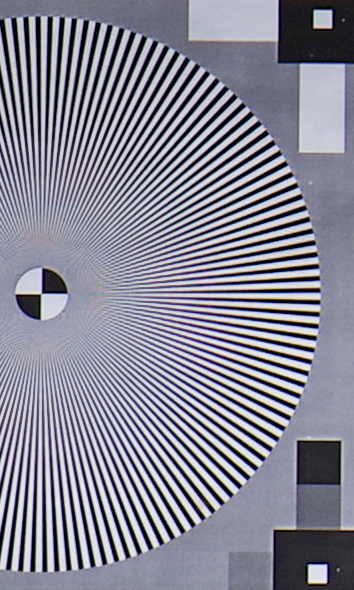 | 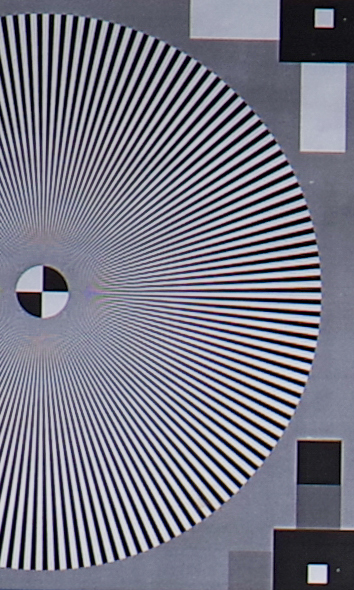 |
F16 | 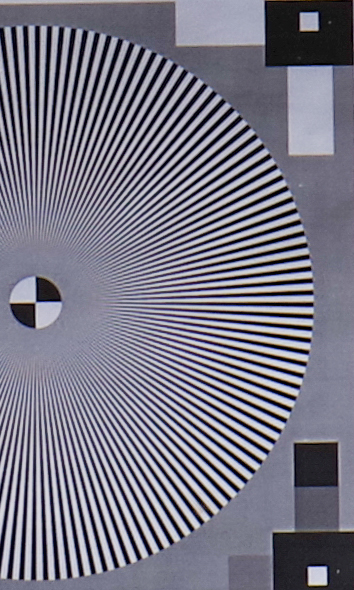 |  | 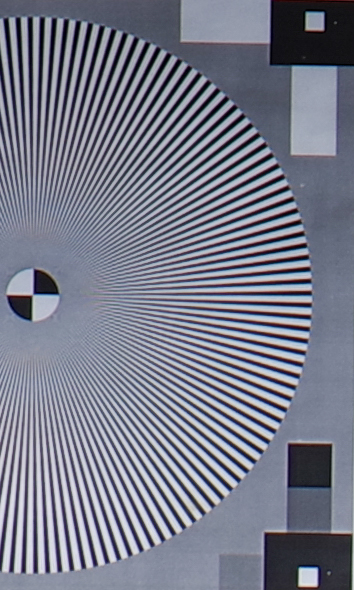 |
F22 | 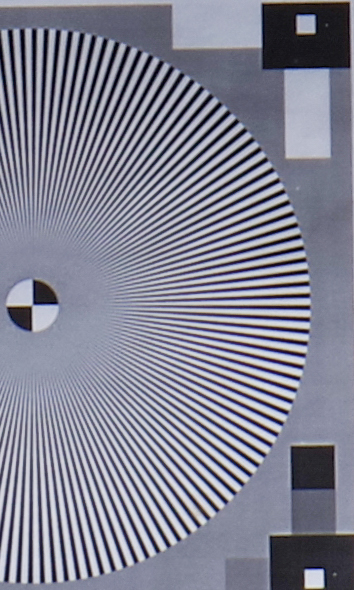 | 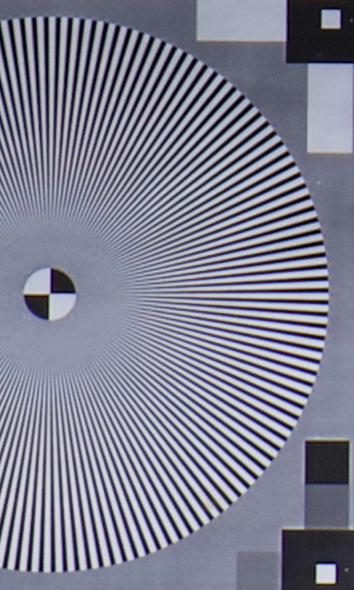 | 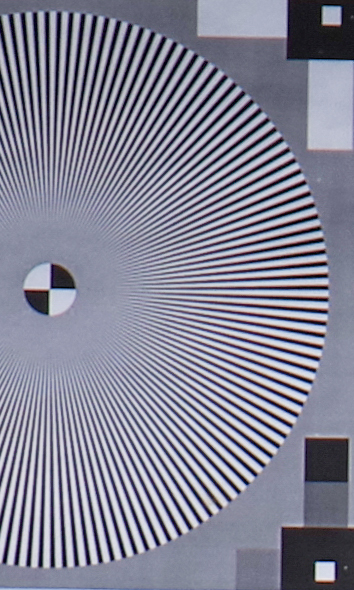 |
F32 | 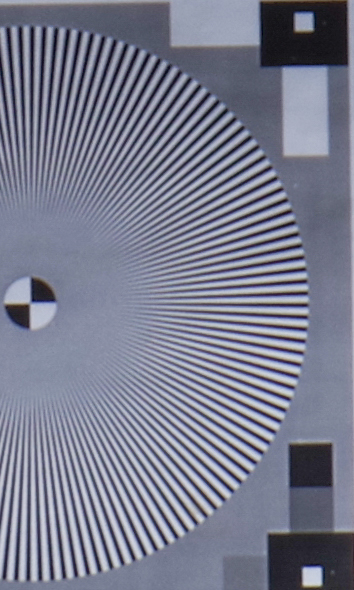 |  | 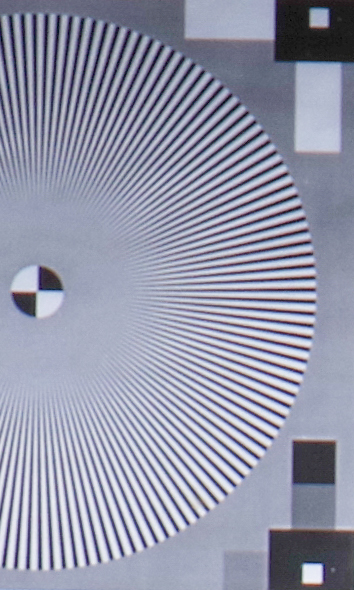 |
F40 |  |  | 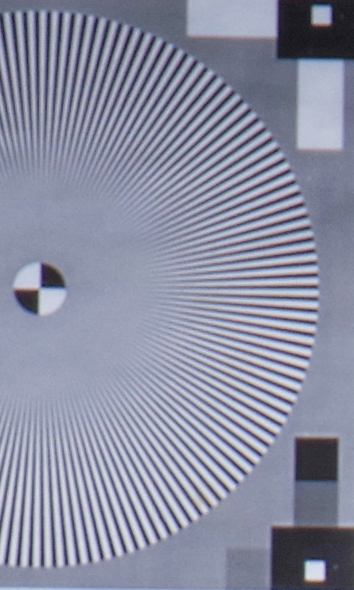 |
At a medium focal length, results are usable but never as sharp as they are at 210mm. There is little to differentiate the center from the edges and corners until F16. F32 and F40 are unusable.
Test Results at 630mm
Center | Edge | Corner | |
F8 | 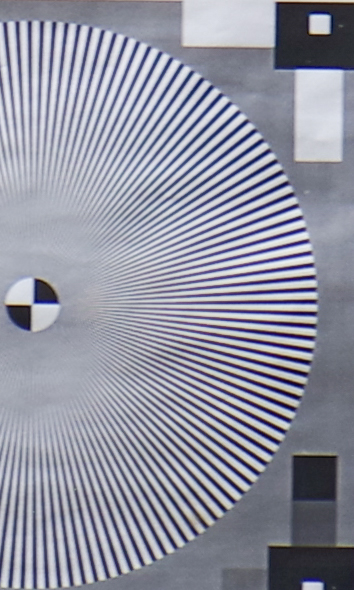 | 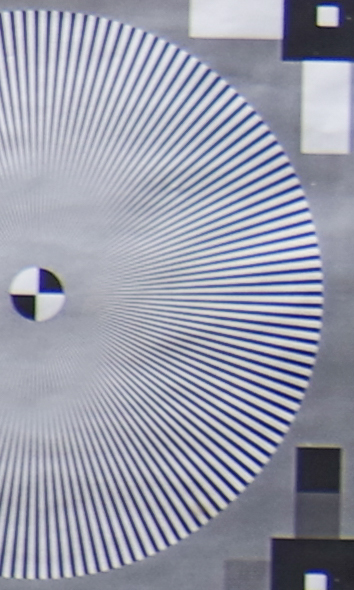 | 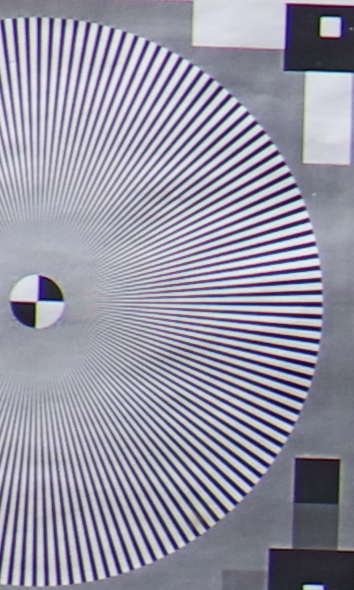 |
F11 | 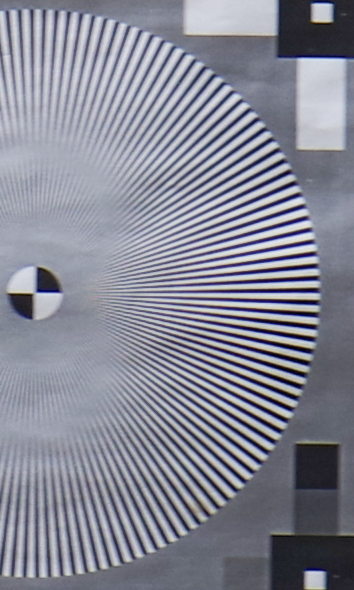 | 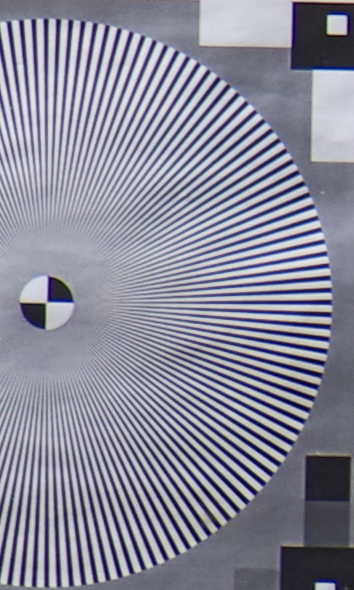 | 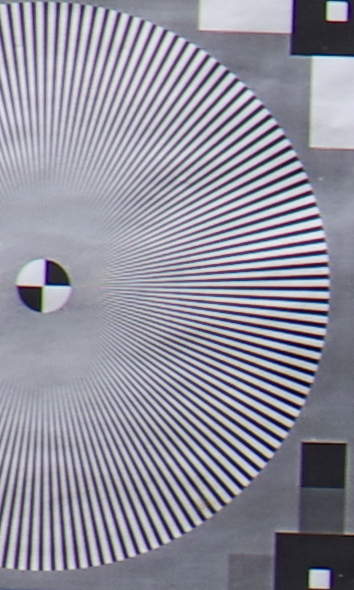 |
F16 | 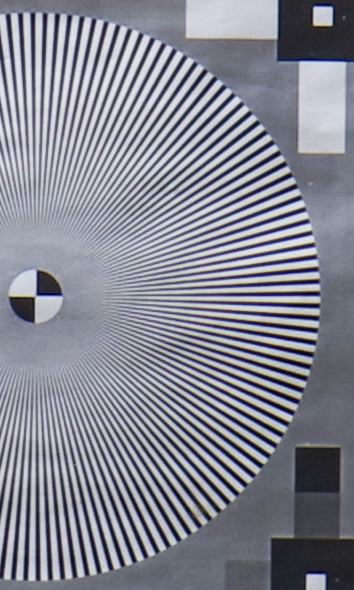 | 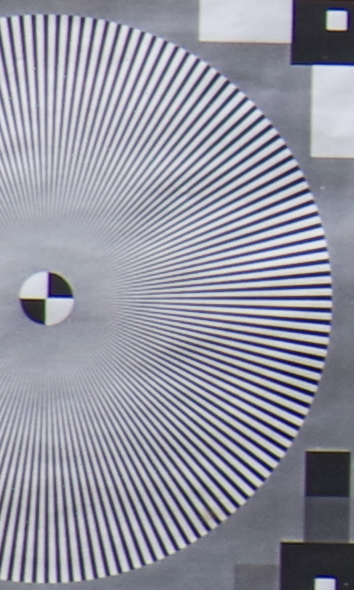 | 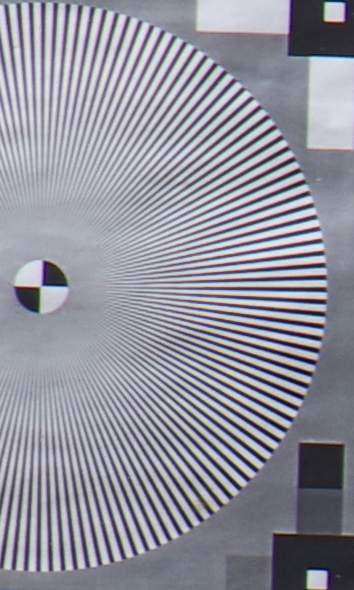 |
F22 | 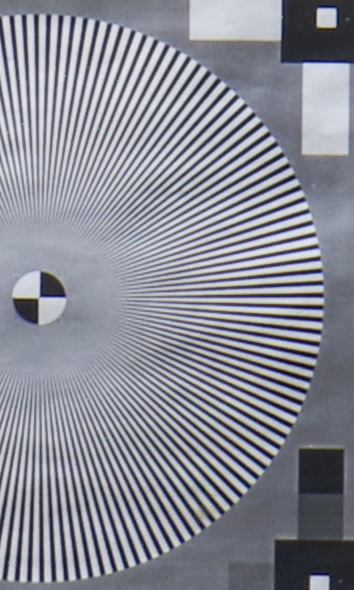 | 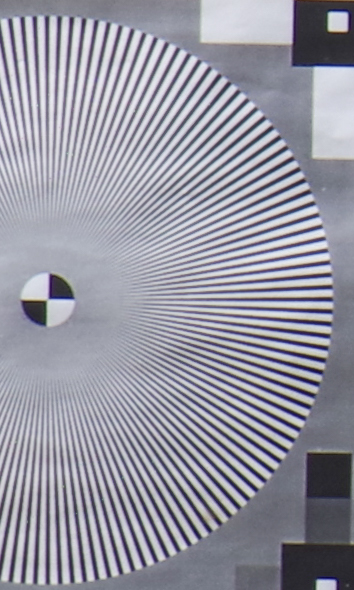 | 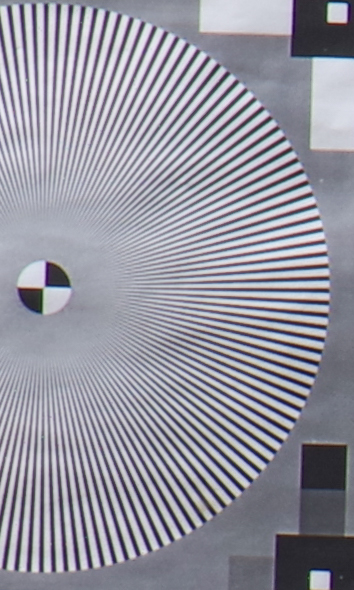 |
F32 | 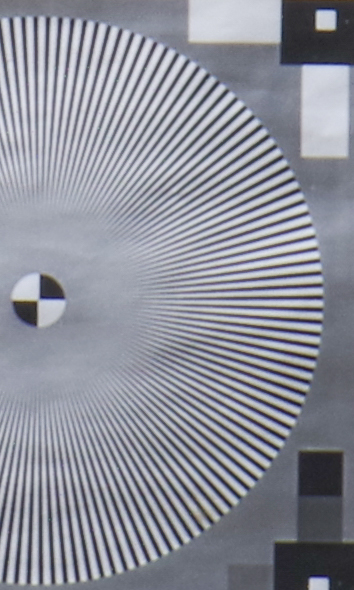 | 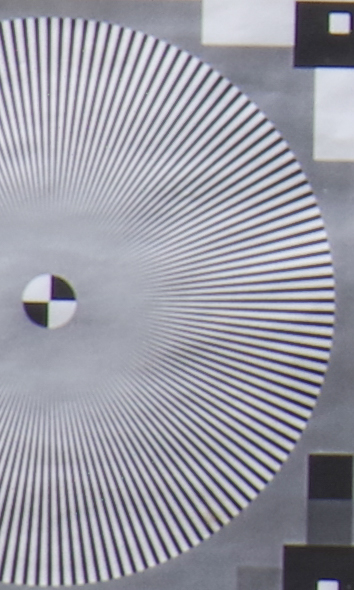 | 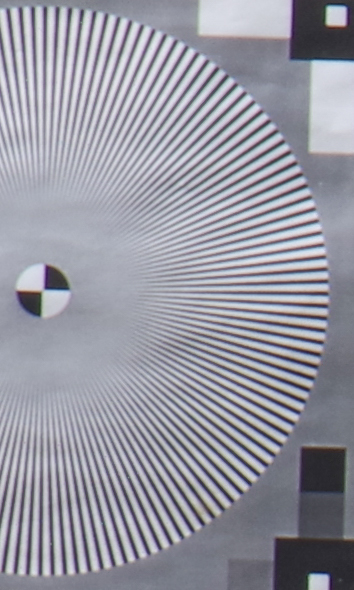 |
F40 | 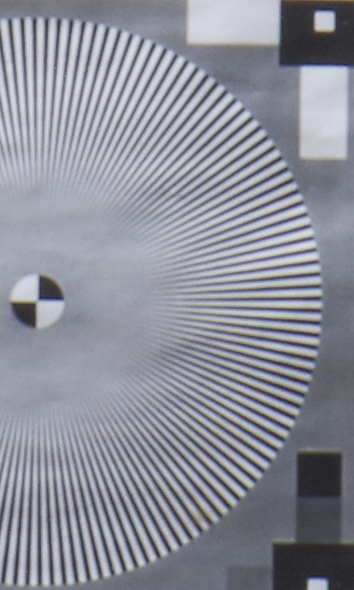 |  | 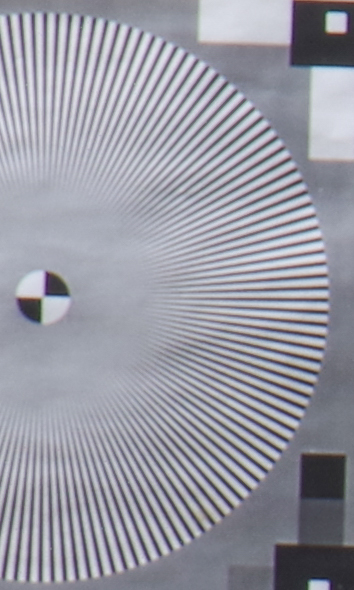 |
The results at 630mm are comparable to 406mm, that is to say, usable but not particularly impressive. Apertures smaller than F16 are best avoided. Even putting aside the resolution figures, there is little purpose in using such a long focal length at such a narrow aperture.
It must be noted that sharp results will be hard to obtain in anything but good light. Even with a tripod, camera movements can translate in blurred images at this focal length. Our tests were performed using the electronic shutter, a remote, and a lot of patience for the apparatus to stop vibrating after each adjustment.
Comparison with upsampled 150-450mm results
It is interesting to compare the results obtained with the teleconverter with those obtained by upsampling the images delivered by the lens alone. Since our objective is to showcase the limitations of each setup, we will compare the widest apertures only. Because the teleconverter is only usable as an APS-C lens, we will not compare edges and corners, as the field of view is cropped.
Images from the 150-450mm were upsampled using Lightroom. The files are the same that were used for the sharpness part of the 150-450mm review.
| 150-450mm 150mm F4.5 | TC 210mm F6.7 |
 |  |
| 150-450mm 290mm F5.6 | TC 406mm F8 |
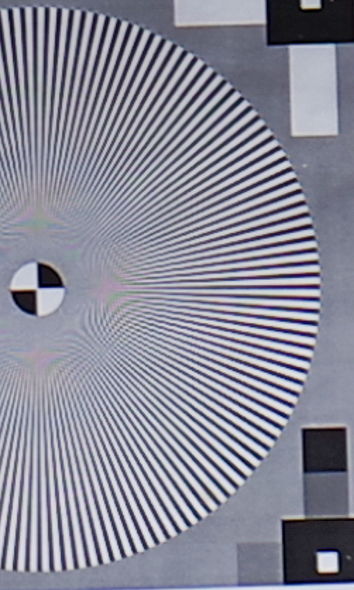 |  |
| 150-450mm 450mm F5.6 | TC 630mm F8 |
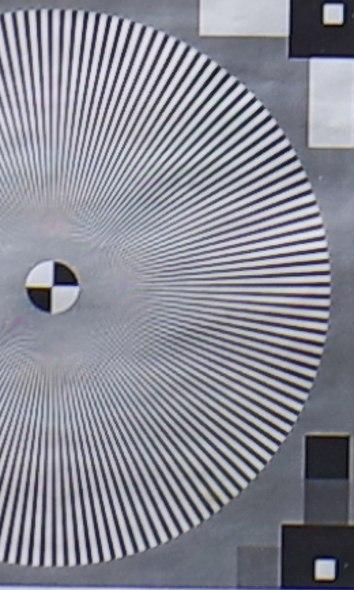 |  |
At wide and medium focal lengths, the teleconverter deliver sharper results than the upsampled version of the 150-450mm images. The improvement is obvious and will be useful for anyone looking to squeeze as much detail as possible from a faraway subject.
At the tele end, the images are comparable. There is little to gain, but also little to loose, by using the teleconverter. This is true in the center of the frame, and doesn't hold when looking at the edges and corners.
Real-life test
Test charts never tell the whole story. The following images illustrate the performance of the lens with a real-life test subject with a lot of detail. We used a long distance between the camera and the subject. Three focal lengths were tested. We moved our camera to place the subject in the center, the edge and then corner, refocusing between each shot.
The scene is the same as the one used for the 150-450mm review. It is thus possible to compare specific settings if desired.
Test Results at 210mm
Center | Edge | Corner | |
F6.7 |  | 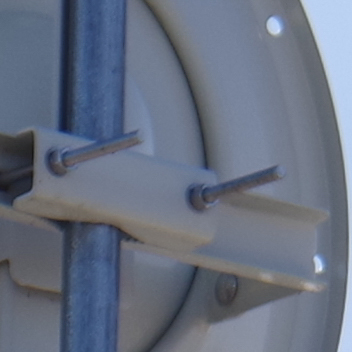 | 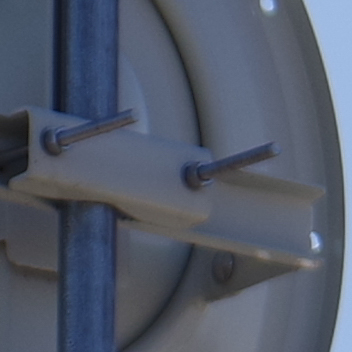 |
F8 | 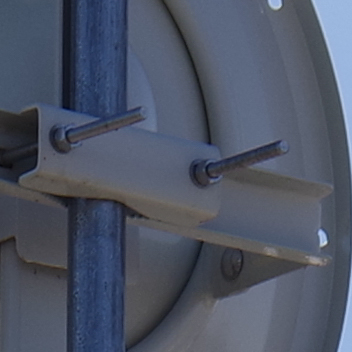 | 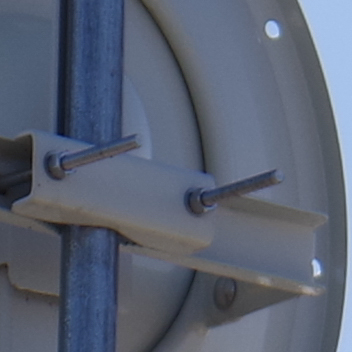 |  |
F11 | 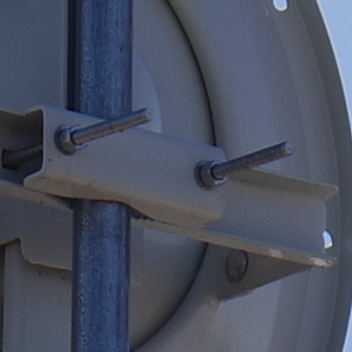 | 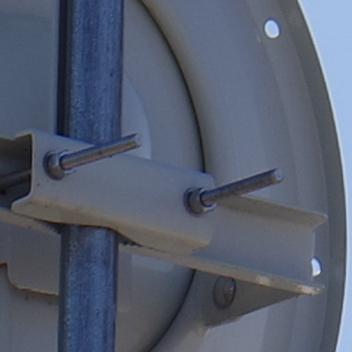 | 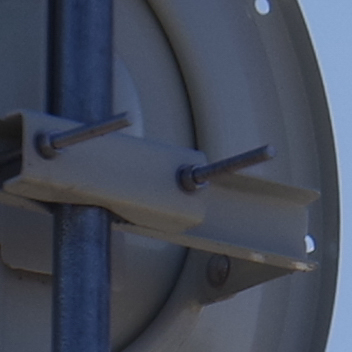 |
F16 | 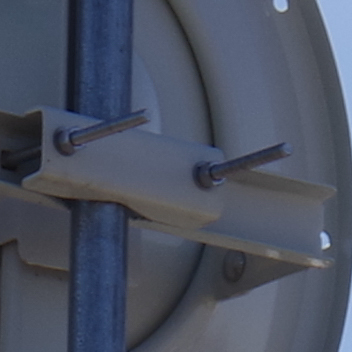 | 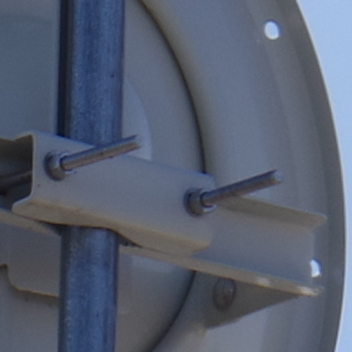 | 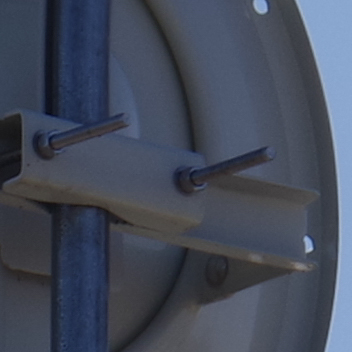 |
F22 | 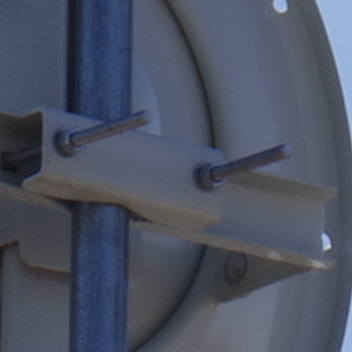 | 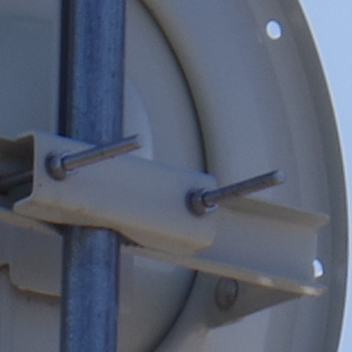 | 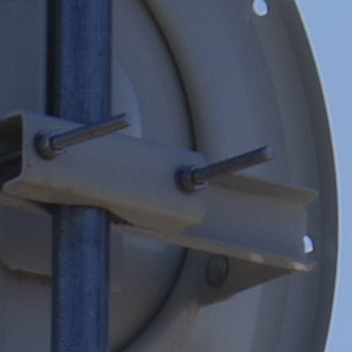 |
F32 | 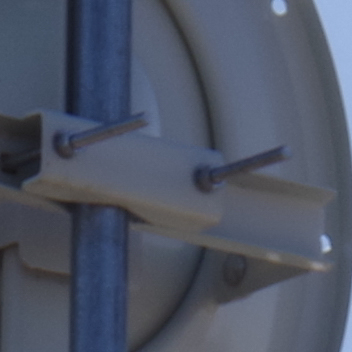 | 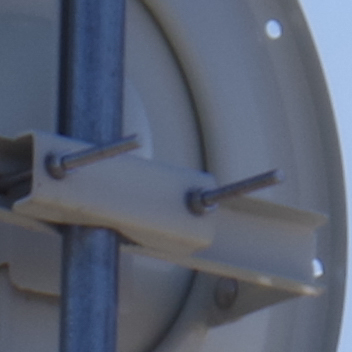 |  |
Test Results at 406mm
Center | Edge | Corner | |
F8 | 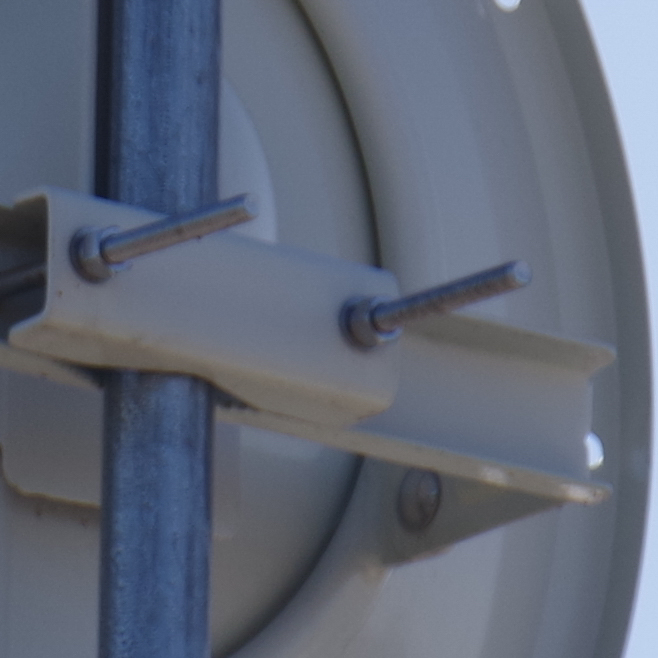 | 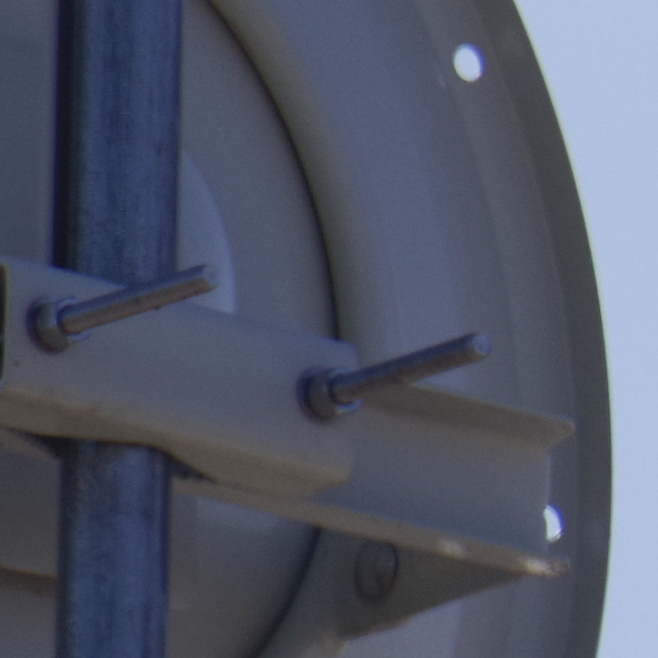 | 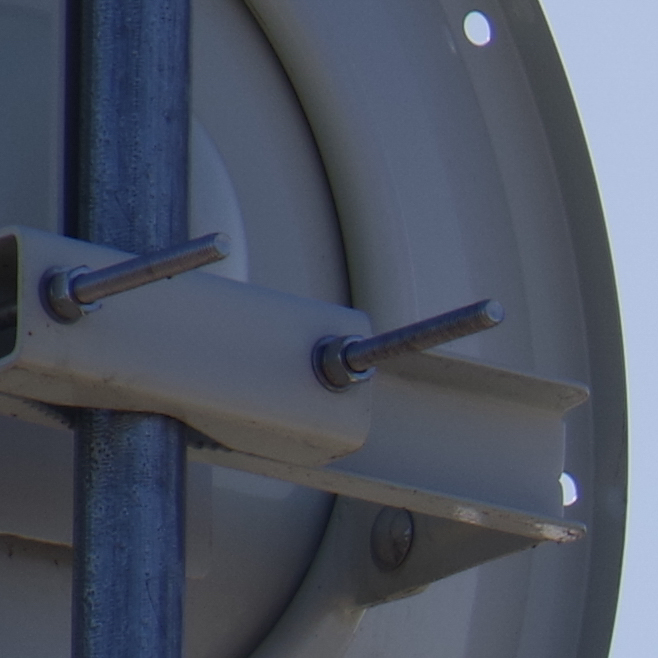 |
F11 |  | 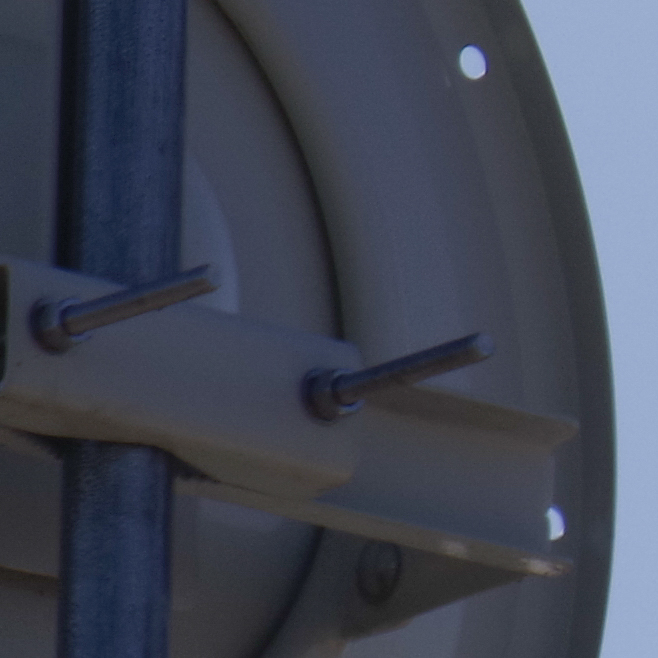 | 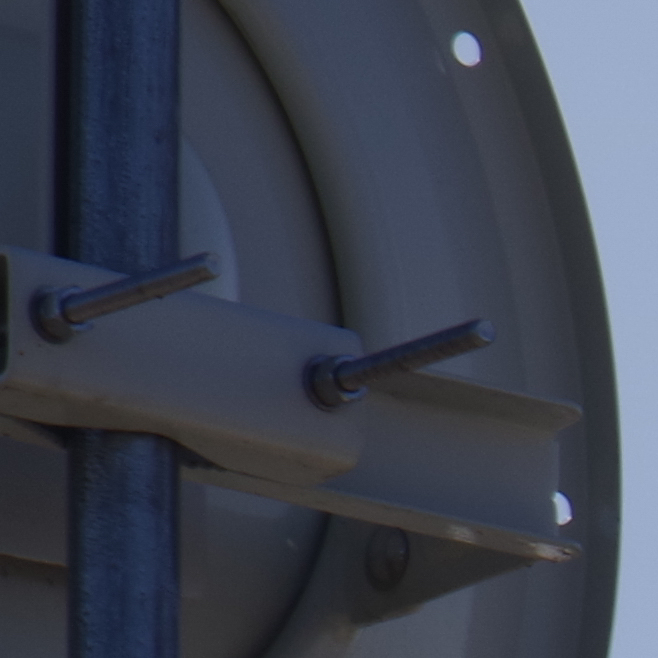 |
F16 | 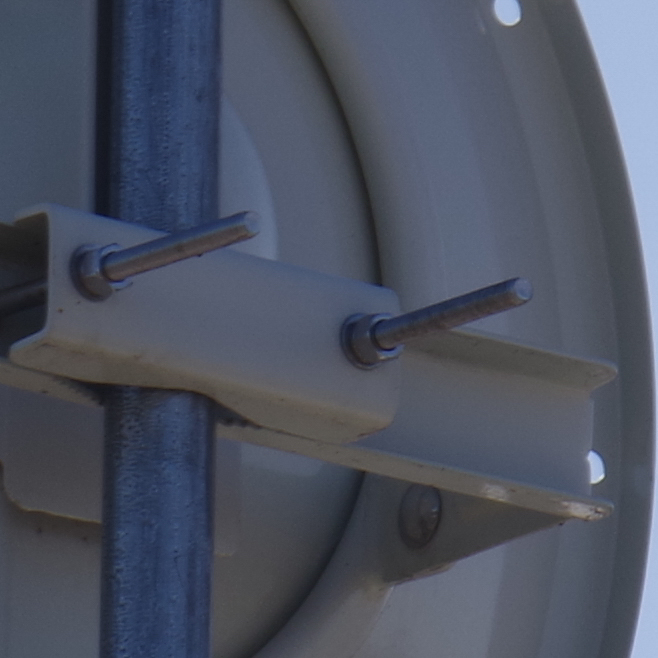 | 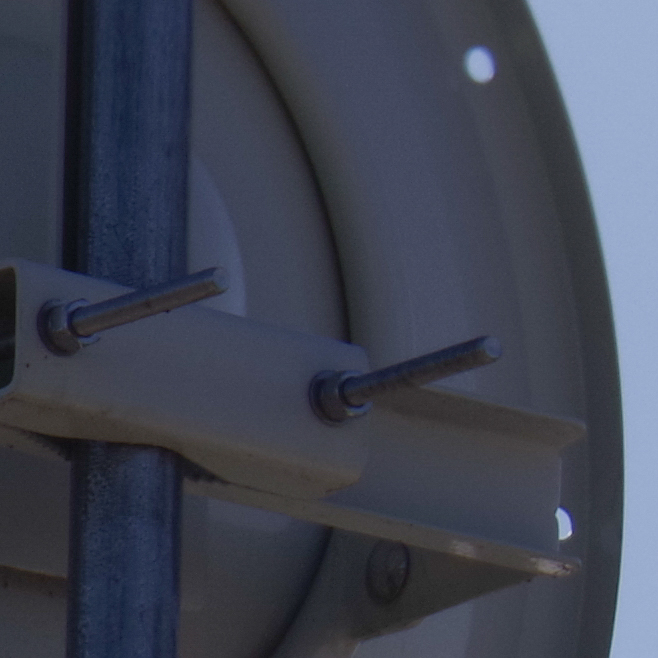 | 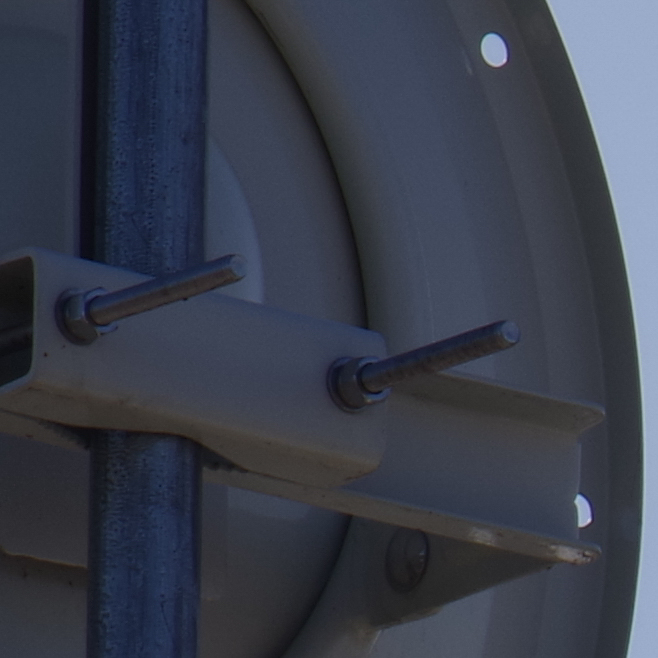 |
F22 | 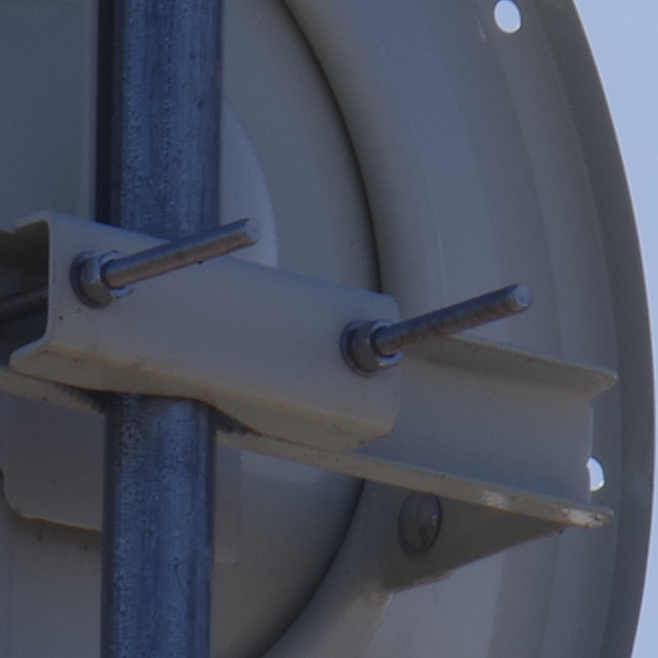 | 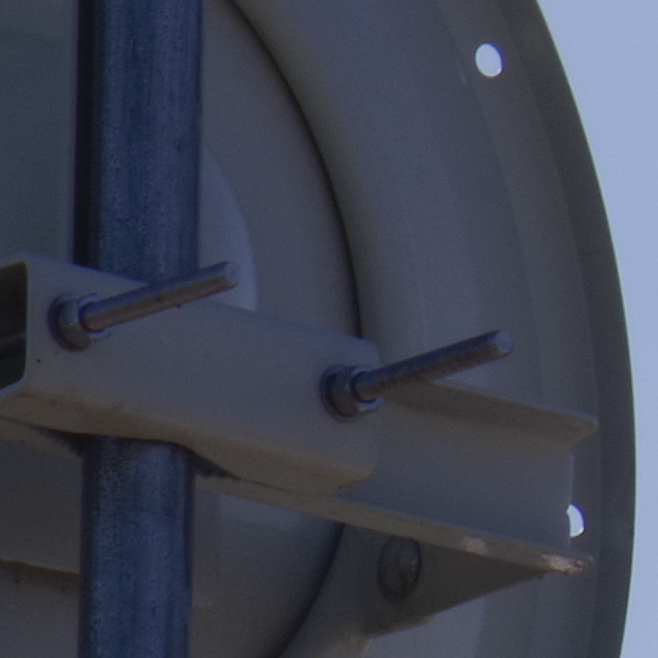 | 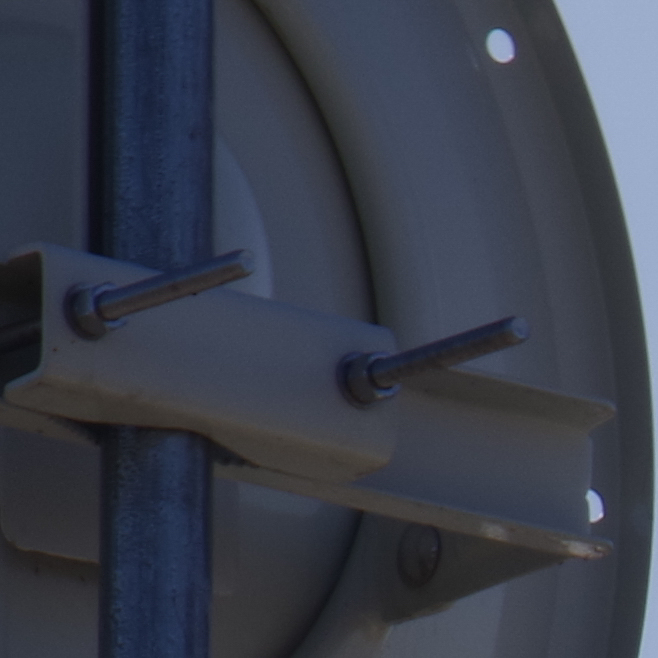 |
F32 | 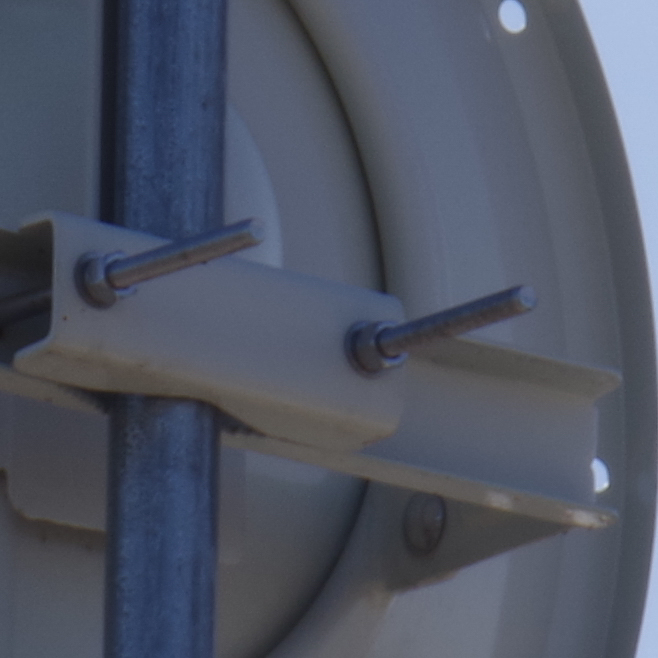 |  | 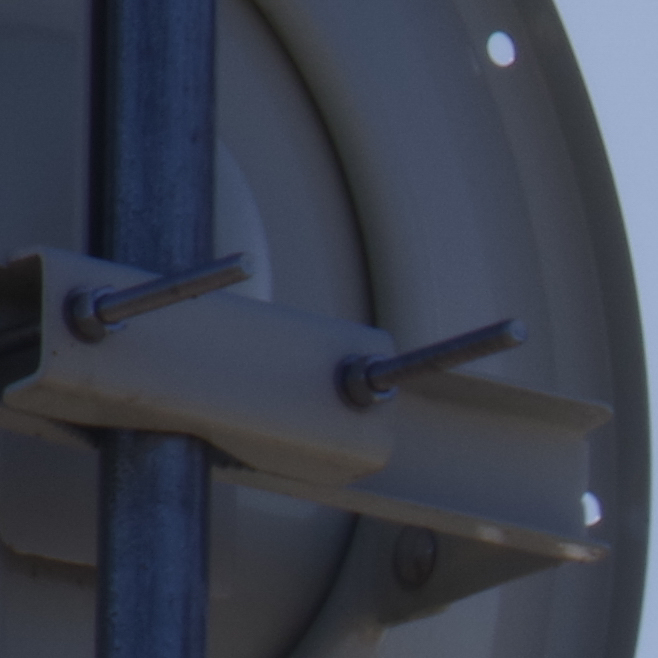 |
F40 |  | 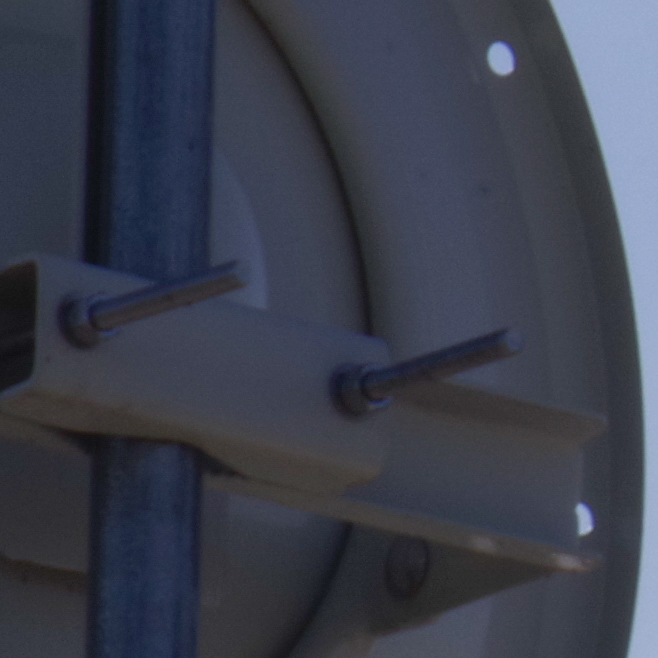 | 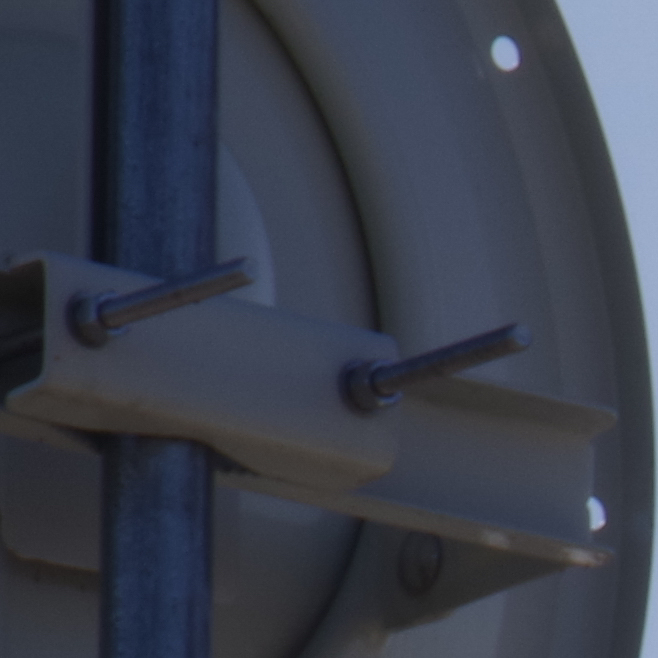 |
Test Results at 630mm
Center | Edge | Corner | |
F8 | 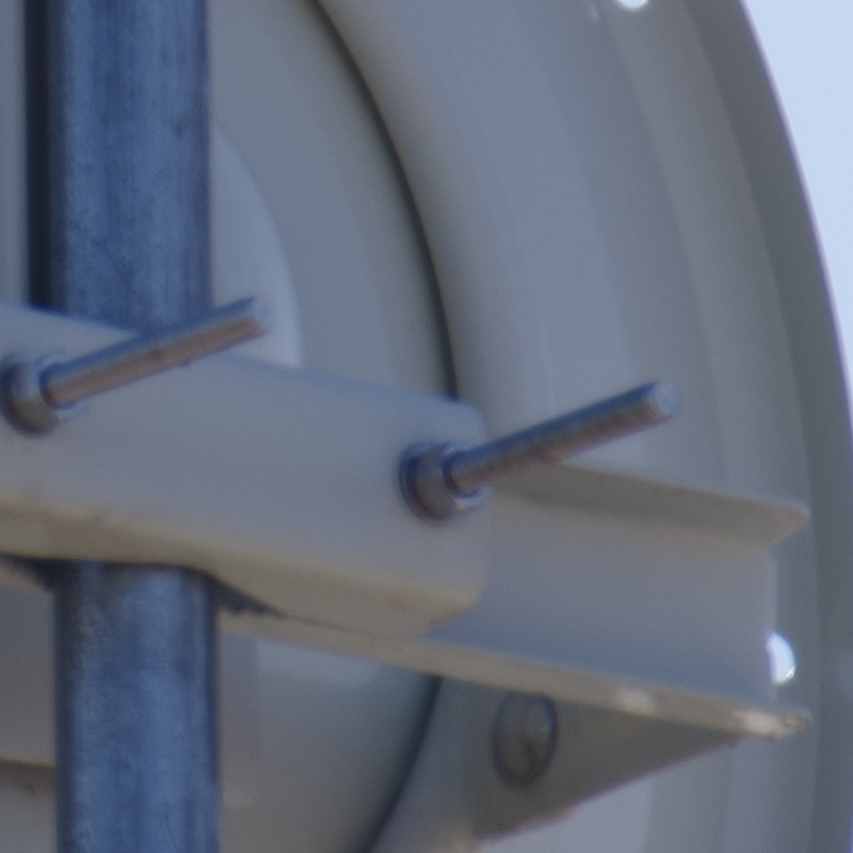 |  | 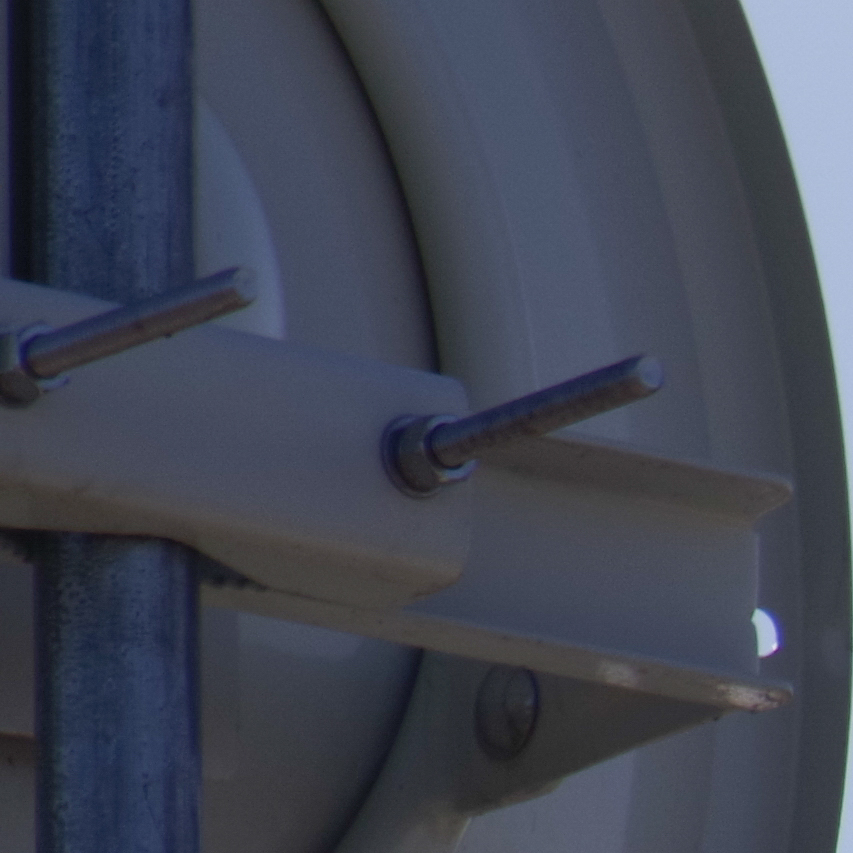 |
F11 | 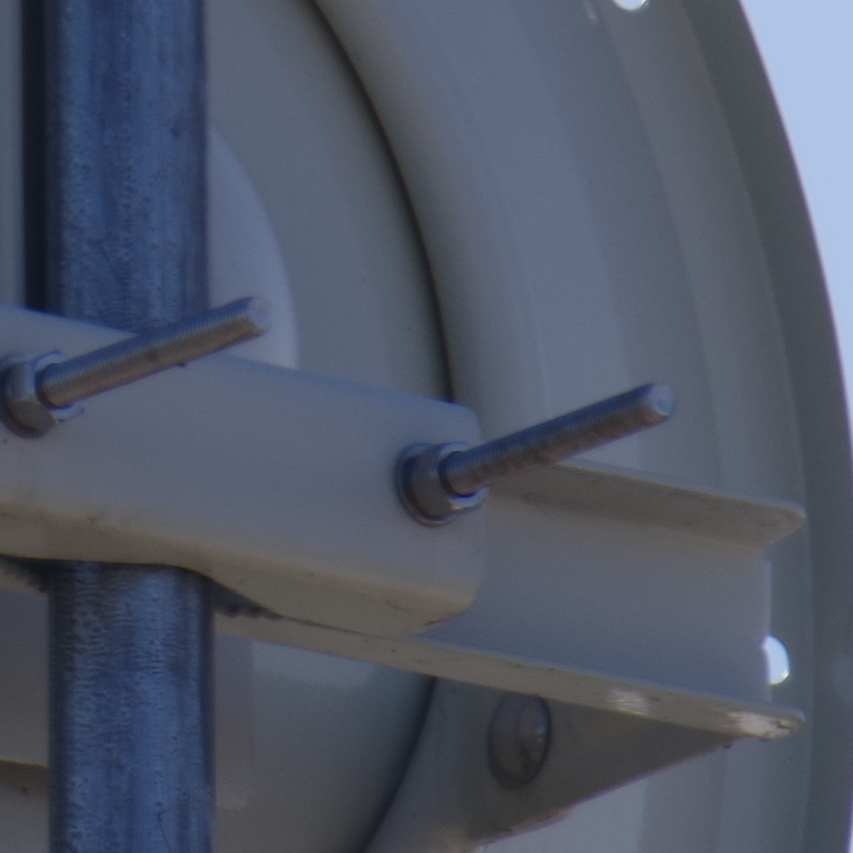 | 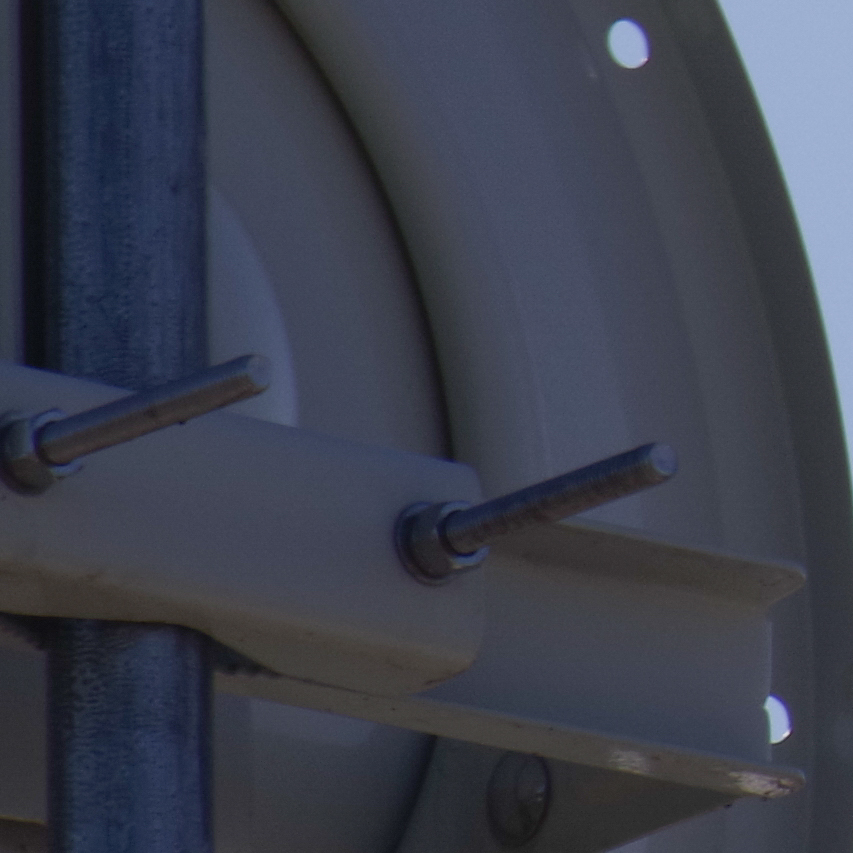 | 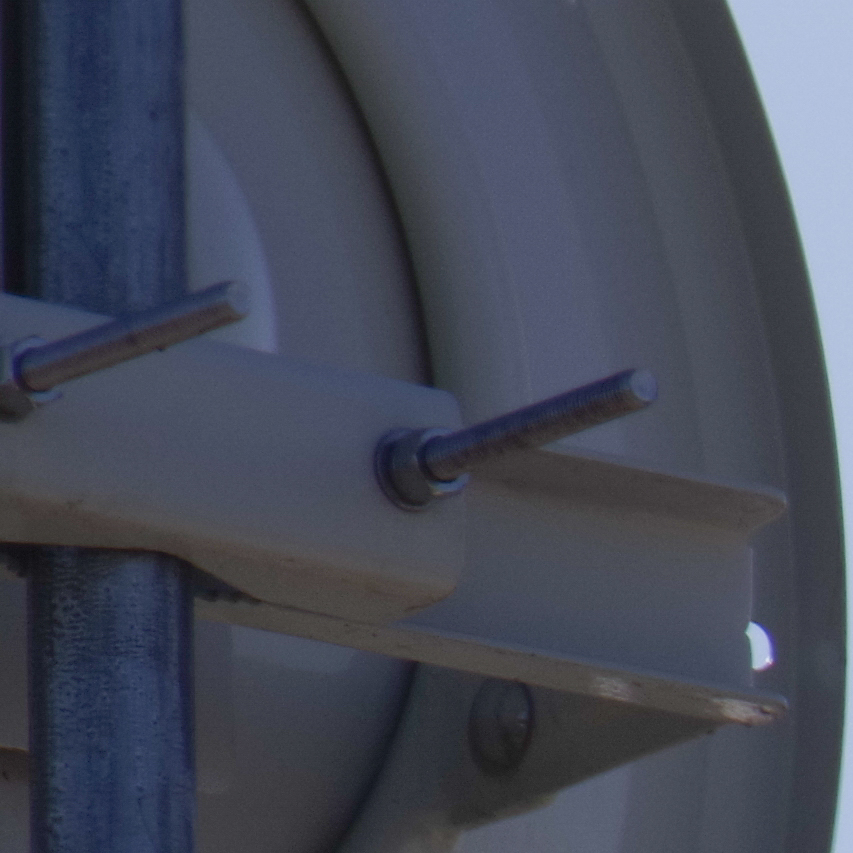 |
F16 | 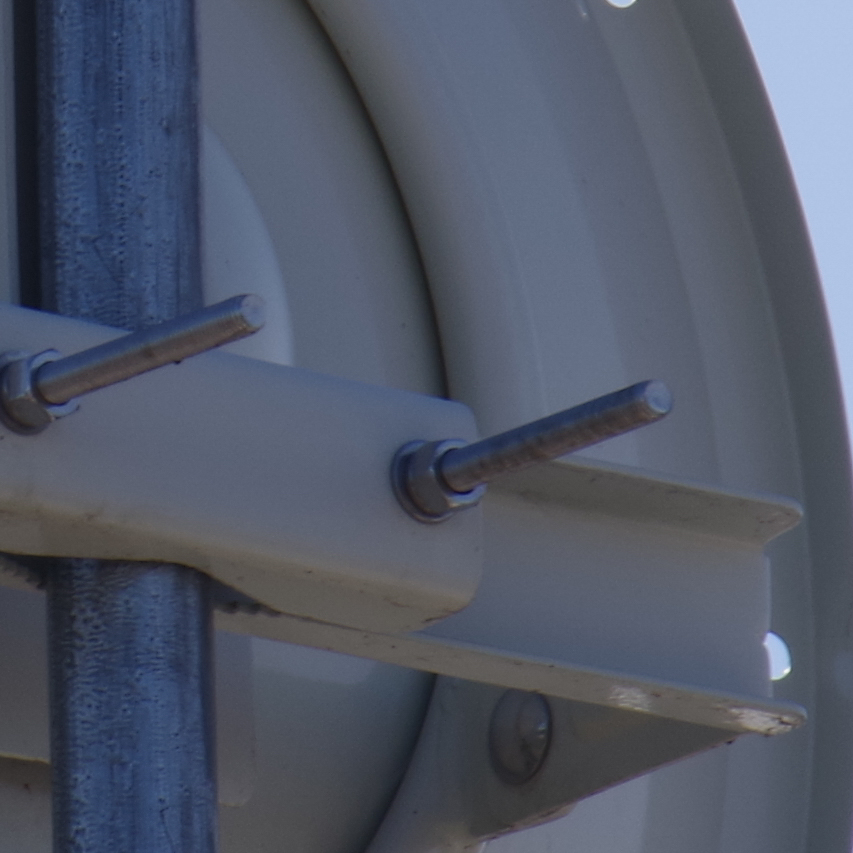 | 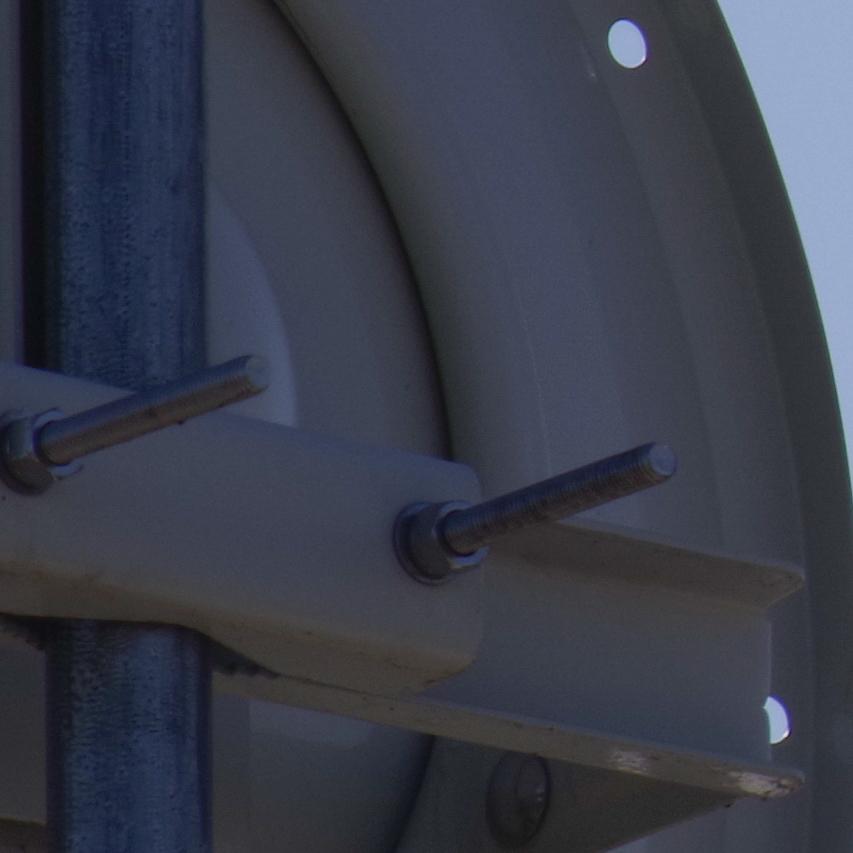 | 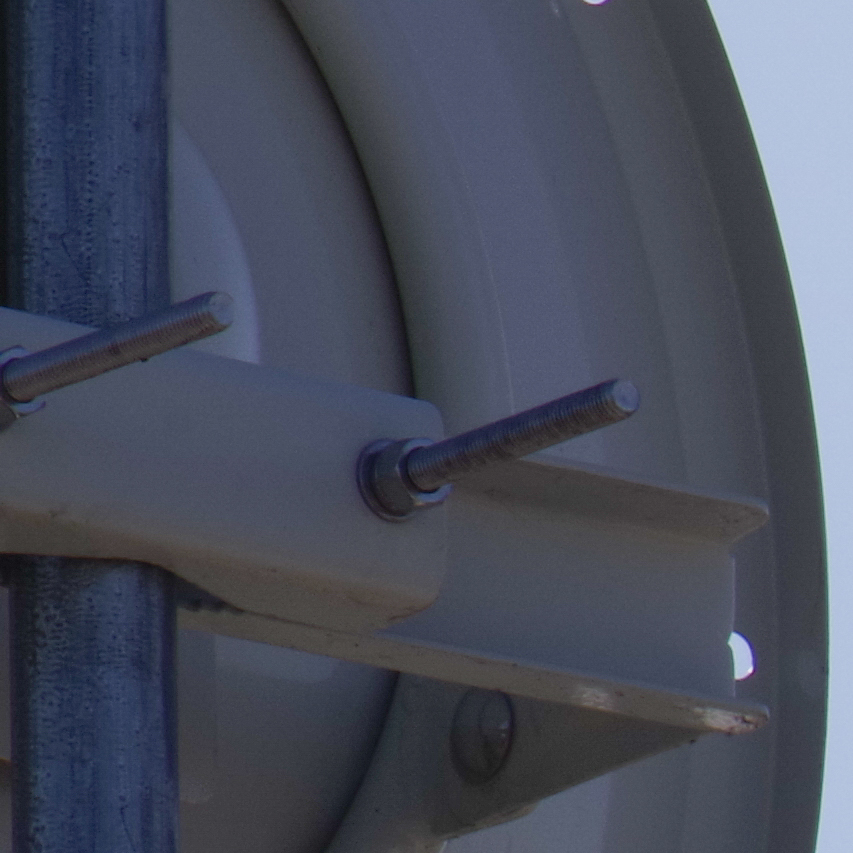 |
F22 | 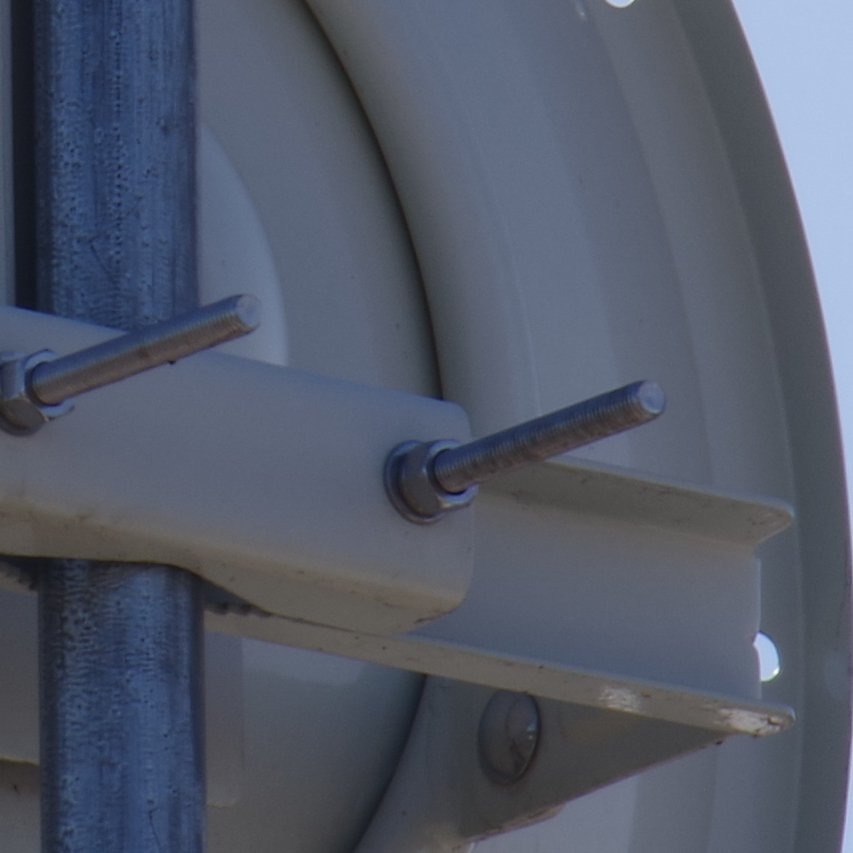 | 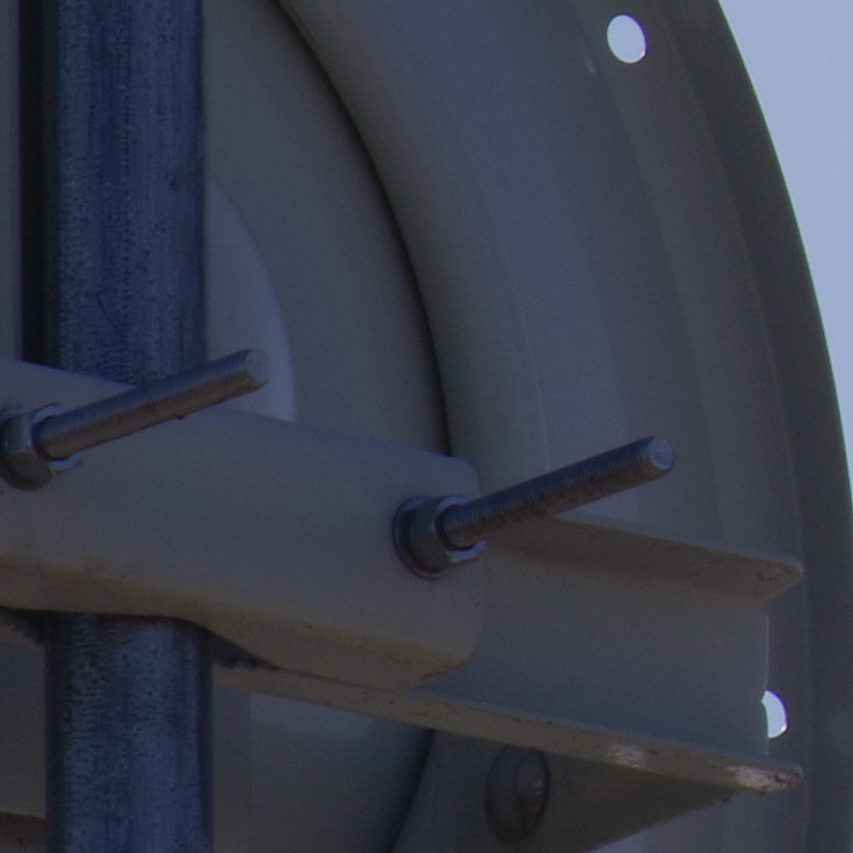 | 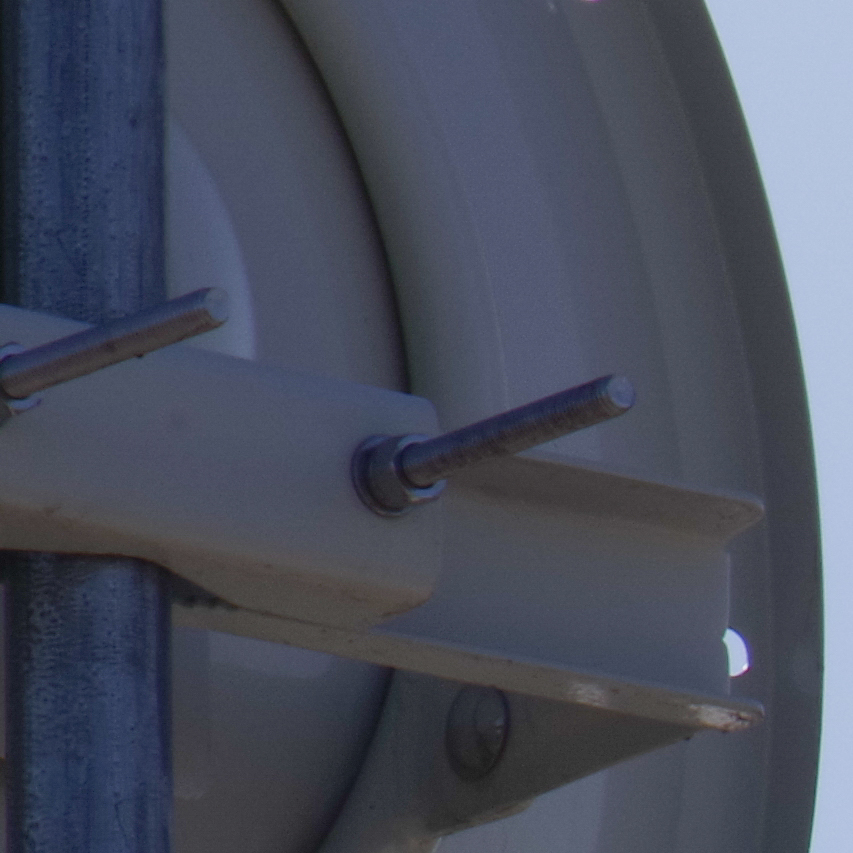 |
F32 | 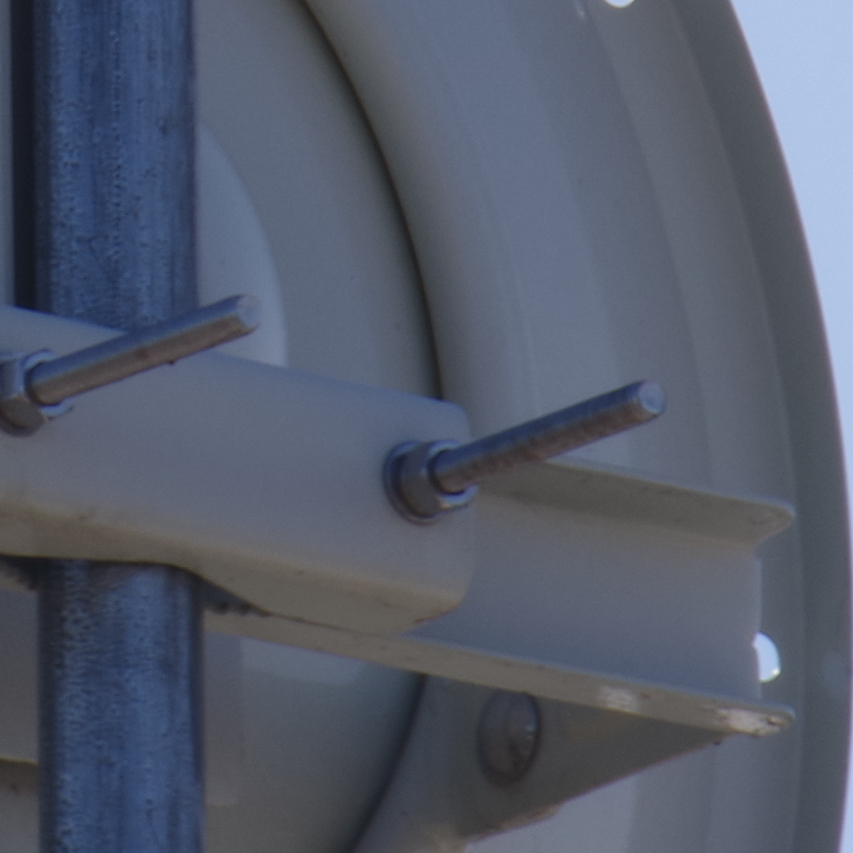 | 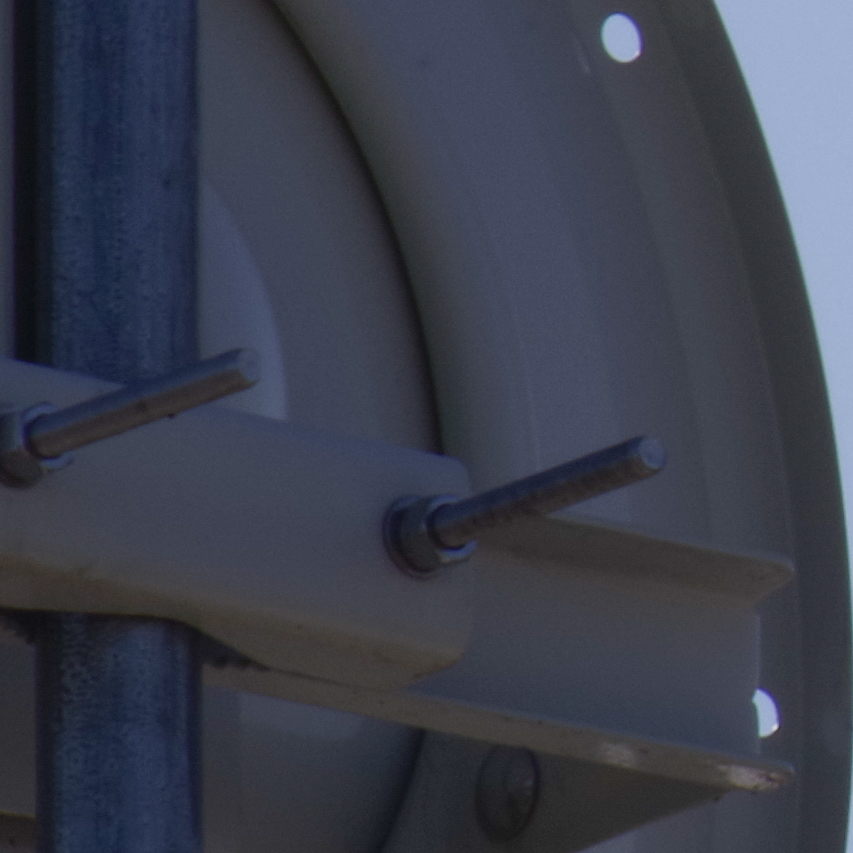 |  |
F32 | 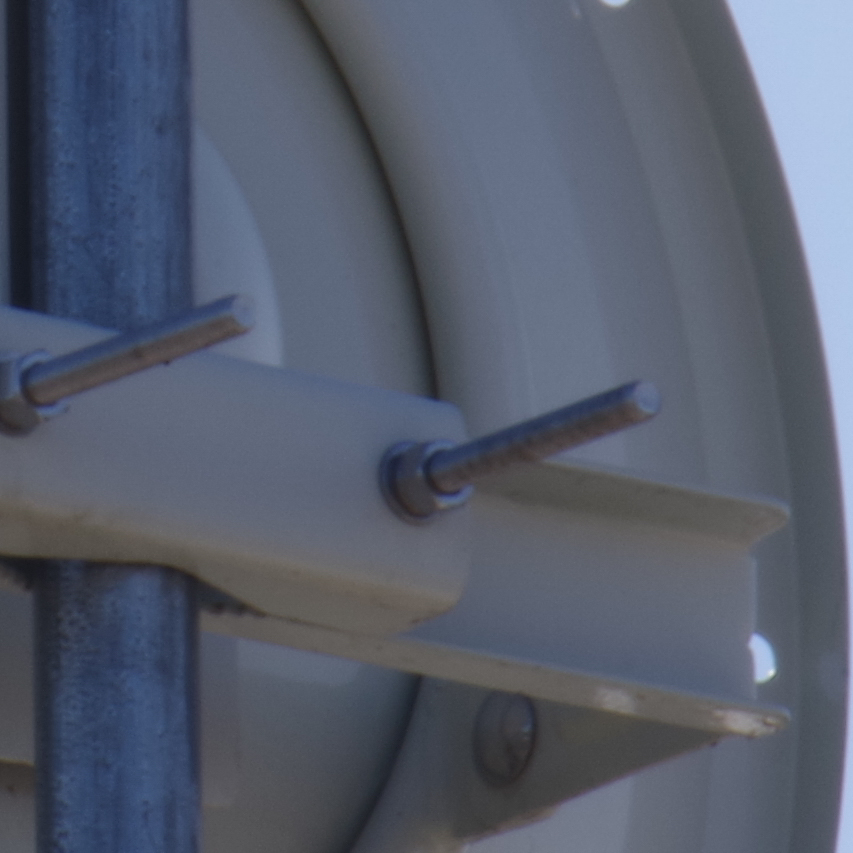 | 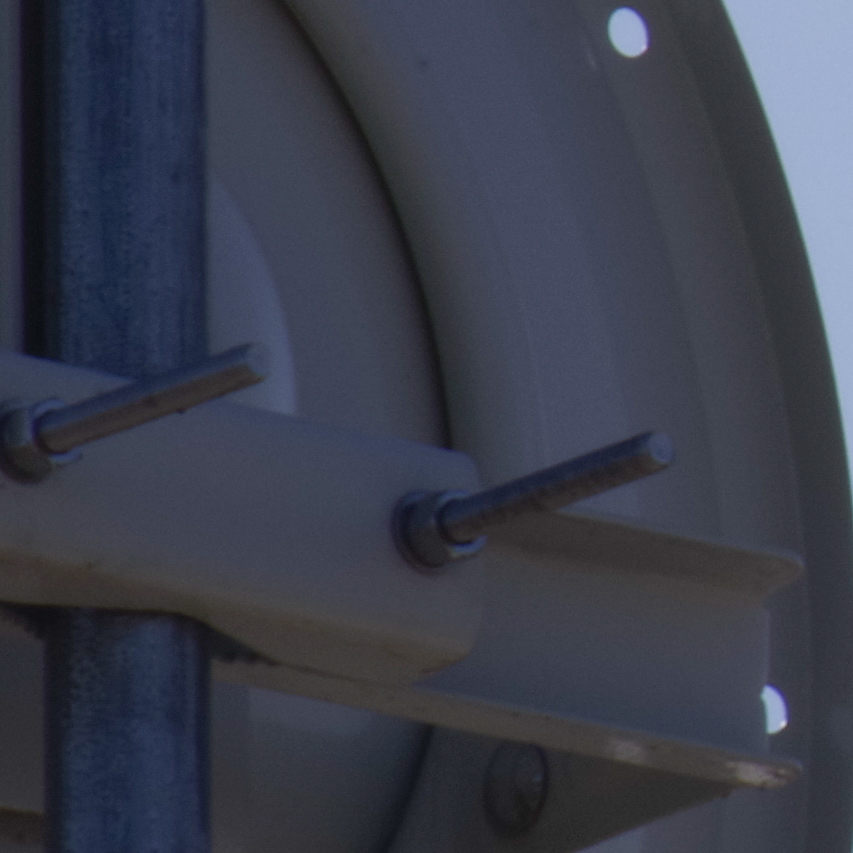 | 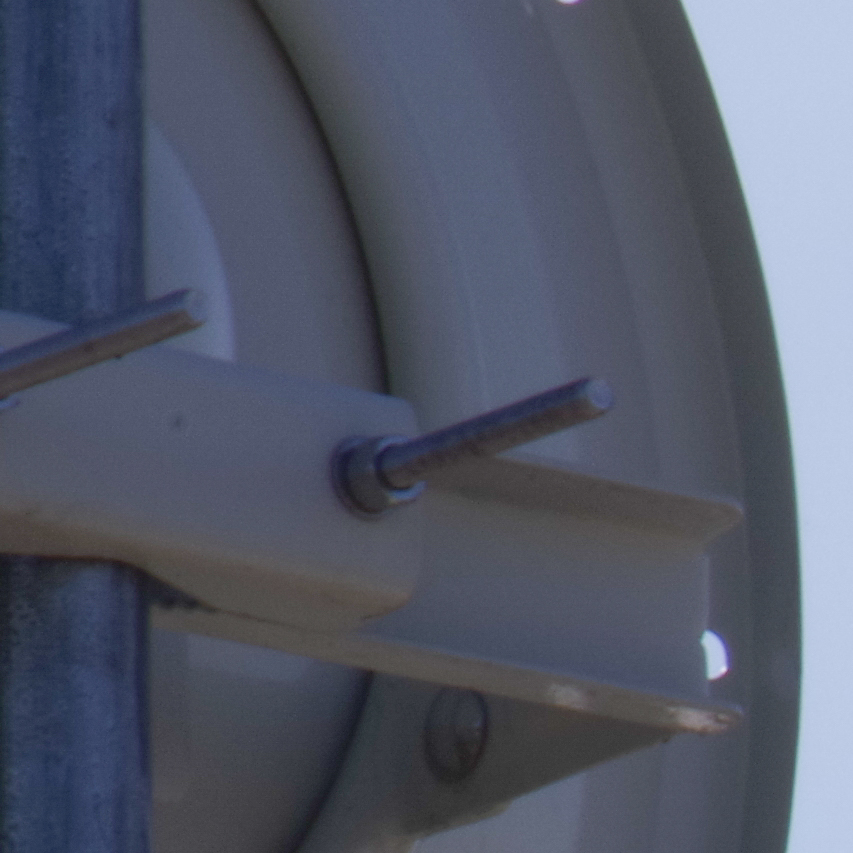 |
Just like we noted in the 150-450mm review, the real life images show the same behavior as our test charts. That is to say, the center is generally very good or excellent, the edges are never far behind except at the tele end, and the corners need one more stop to reach their highest resolution levels. 630mm is much less impressive than the other focal lengths. It is still possible to get surprisingly sharp results at F16 in the center.
Summary
The TC's resolution figures are in line with our expectations. Previous tests had shown that the teleconverter is optically reliable and these tests confirm it.
At wider focal lengths there is a gain in resolution when compared with the original lens' sharpness. This also holds at medium focal lengths. There is almost no gain at the tele end but no loss either. The edges and corners are never impressive at 630mm, but reach a satisfying level of sharpness at other settings.
In short, while it is not perfect, the use of the DA 1.4X teleconverter with the D FA 150-450mm yields improved resolution most of the time in the center, and never shows any significant degradation of image quality. This, in itself, is impressive.


